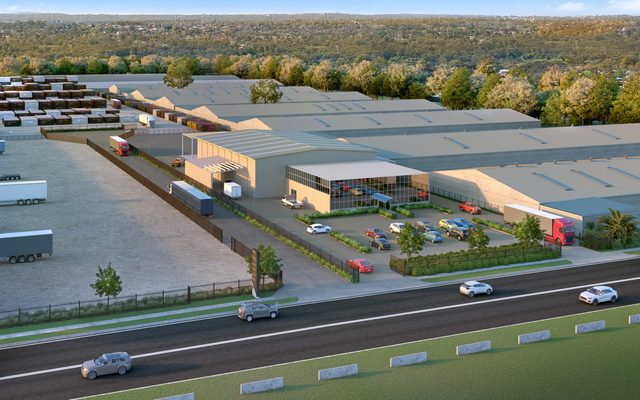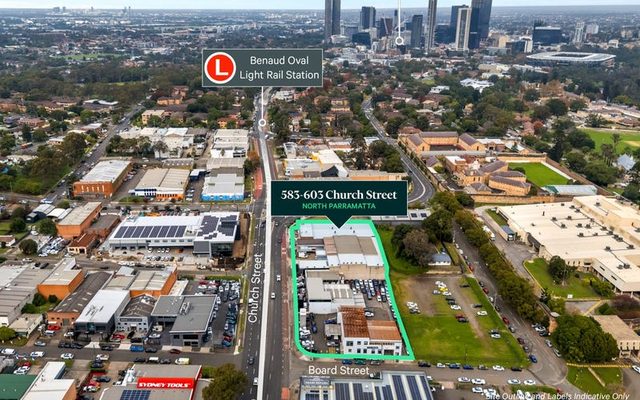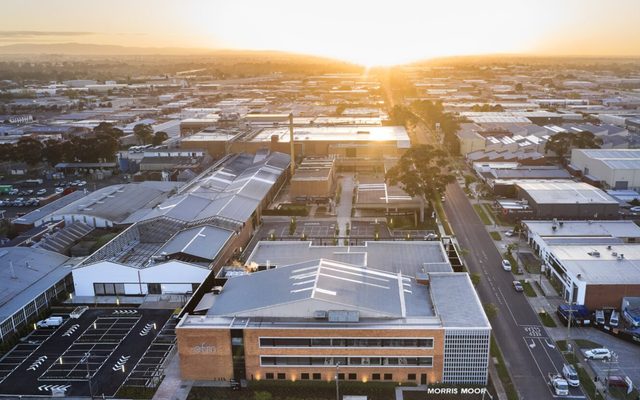This article is from the Australian Property Journal archive
THE old saying a long time between drinks has a lot in common with Australia's commercial property market"¦ its been a long time between sales. However, according to agent Colliers International the tide has turned.
So, who needs the Rudd bank anyway?
Colliers International’s Investor Sentiment Survey reveals bottom of property cycle now imminent with upswing predicted to be well underway by 2010.
According to Colliers, around 72% of investors believe we are between 4:00 and 6:00 on the Property Cycle Clock, poised for upswing.
So, says Colliers, now is the time to invest.
The survey of Australian institutional and private clients found property values have declined by 10-30% — with another 10% yet to go whilst the residential sector is the standout with values holding steady or possibly growing.
The Sydney office market was the most preferred investment sector over the next 12 months and 63% believe they were looking to buy property in Australia within the period.
Colliers believe the top priorities for investors in next 12 months are to maximise occupancy; ensure tenants hang around as well as maximise cashflow.
Commercial research director Felice Spark said the majority of investors believe the market is fast approaching, if not already at the bottom of the cycle, poised for upswing.
“36% of investors surveyed believe Australia is currently at 5:00 on the property clock with a further 36% identifying either 4:00 or 6:00,”
When asked when the upswing will be well-underway, 64% believe it will be in 2010, although more are inclined to think it will occur towards the latter half of the year.
“Typically when the cycle starts to improve we see the first signs of positive growth in the residential sector and this has just started to happen in recent weeks in Australia, providing a strong indication that the tide may be about to turn,” Spark said.
Colliers investment sales managing director John Marasco added that there is an obvious window of opportunity for the best purchases will soon close.
Respondents also believed property values have fallen by 10-30% across the commercial and industrial property sectors in the past 18 months since the peak of the cycle at the end of 2007.
Most believe property values still have a further decline of no more than 10%.

Within the commercial sector, investors believed the retail sector had fared the best in terof value decline, followed by office and then industrial. The residential sector was the standout however, with the majority of investors believing values have declined by only 10% or less since 2007. While some investors believed a further 10% of softening could occur, 45% believed residential values would now hold steady or even witness growth of up to 10% in the next 12 months.
Spark said over 63% of investors were looking to buy domestic property in the next 12 months of which 60% prefer the office sector, particularly in the capital city markets. Sydney was identified as the hotspot, followed by Melbourne — 45% favoured the harbour city and 21% specifically picked the office sector.

Marasco said the opportunities for investors to now obtain a quality Sydney office building at a high yield with a substantial positive spread are better than they have been in a long time.
“The time is ripe and buyers are eager to capitalise, particularly the cashed-up private investor market,” he added.
Overall, 50% of investors believe the office sector will provide the best investment value nationally over the next 12 months, followed by residential (29%), retail (11%) and industrial (10%).
Whilst Sydney offices topped the list for buyers, Sydney residential, Southeast Queensland residential, Melbourne office and Sydney industrial were all identified in the top 5 markets. Melbourne and Brisbane industrial as well as Adelaide retail were also noted as buying opportunities.
Spark said not surprisingly, 70% of investors claimed to be planning to sell some of their domestic property portfolio. The majority of investors (41%) said the main reason was to reduce gearing, whilst 32% of investors wanted to sell up to reinvest elsewhere.
The survey found 23% of investors owned international property but only 2% were considering buying off-shore over the next 12 months compared to 70% of investors who were considering selling their off-shore assets.
And 65% who said they would maintain the status quo of their off-shore property portfolio mix over the next year – 35% considered the office sector to provide the best investment value internationally, with Asia being the preferred investment market.
Meanwhile 66% of investors said their top priority was to maximise occupancy and focus on tenant retention in order to maintain cash flows. The majority of investors identified divestment of assets as a medium level priority.
“With the capital raisings that have occurred in recent weeks we are now seeing a number of funds reviewing their position on the immediate need and pressure to sell. There is still a gap in vendor and purchaser yield expectations, but this gap is now increasingly tightening on the vendor’s side,” Marasco added.
Availability of capital and the impact of property valuations were considered to be the two top factors that would have the greatest impact on investors’ property strategies over the coming year. 46% believe access to debt capital will become more difficult over the next 12 months, and 51% intend to decrease their borrowings over the coming year.
Interestingly, the investment calibre of Colliers respondents was exceptionally high with 42% stating the value of their portfolio was greater than $AUD1 billion.
Australian Property Journal



